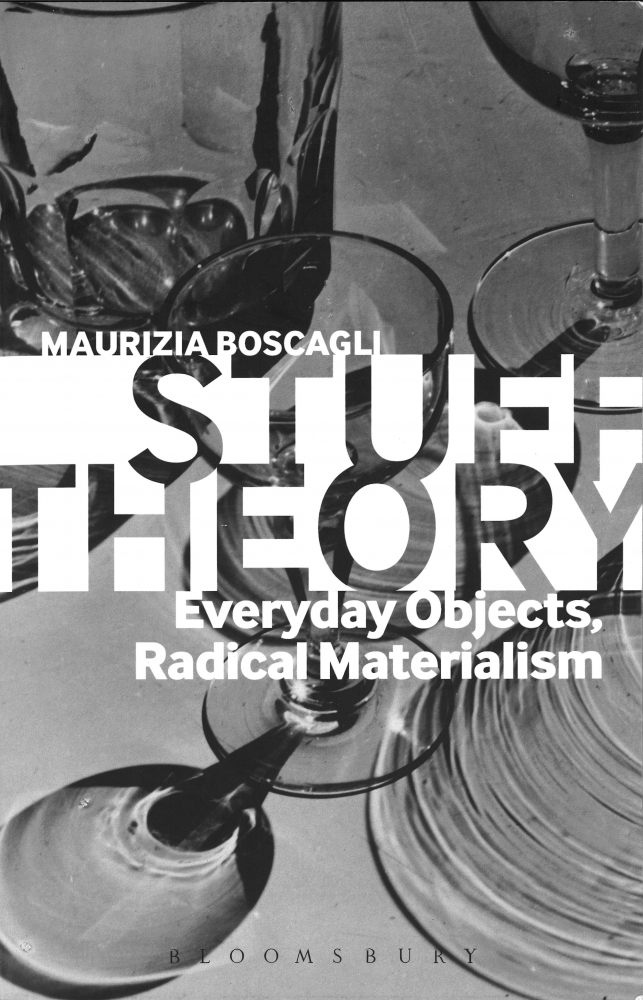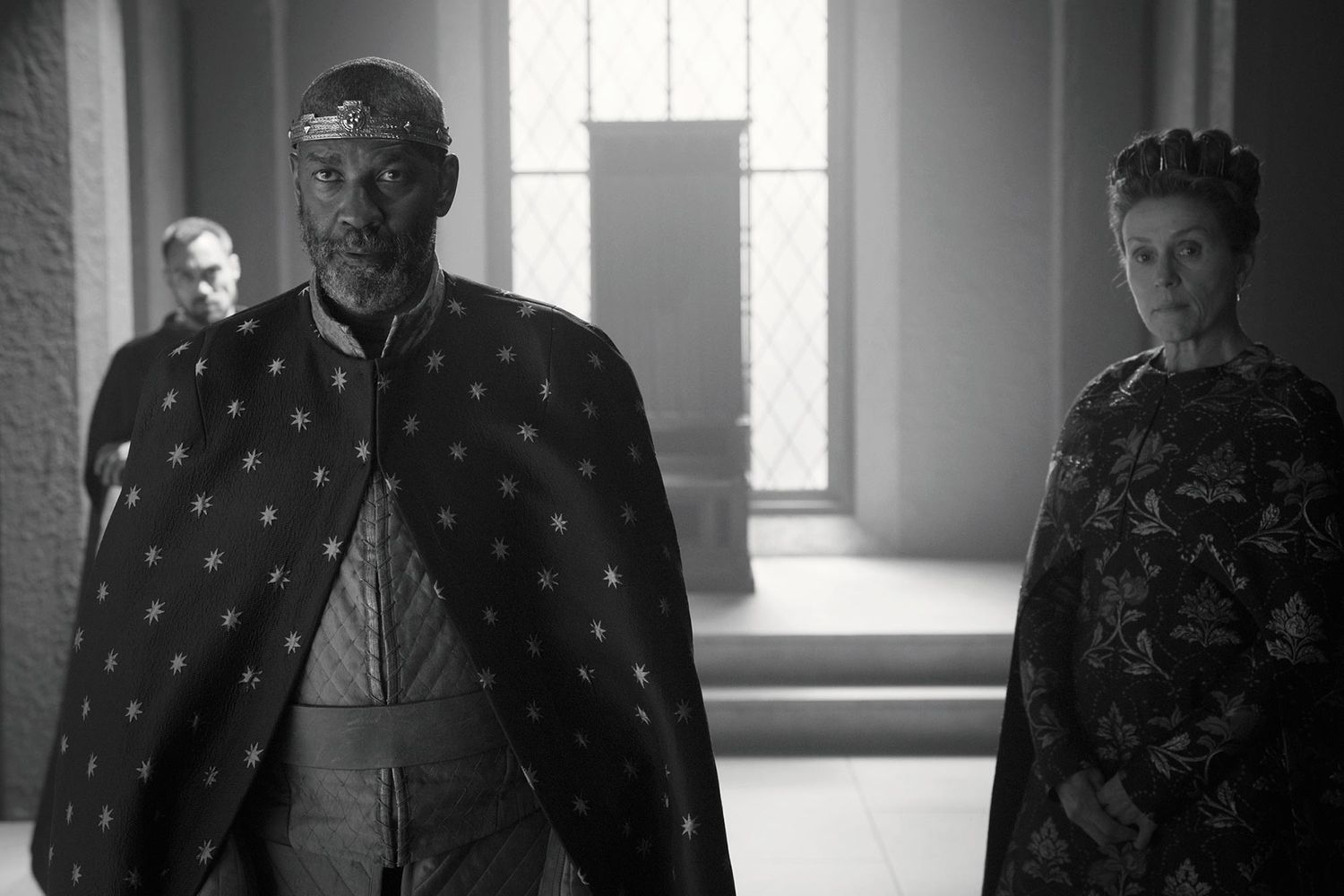
Such Stuff as Dreams Are Made On

Some scholars suggest that when Prospero spoke those words in Shakespeare’s “The Tempest,” he was referring to the things that help create an illusion.
Things creating an illusion and things as an illusion — and a very powerful one — are at the heart of a new book by Maurizia Boscagli, a professor of English at UC Santa Barbara. “Stuff Theory: Everyday Objects, Radical Materialism” (Bloomsbury/Continuum, 2014) traces the genealogy of 20th-century materiality: flashpoints of one kind of minor matter in a succession of cultural moments. Boscagli asserts that in modernity, stuff becomes a rallying point for a new philosophy of materiality and for a new kind of interaction between people and things.
“The book considers modern culture’s specific focus on stuff,” Boscagli writes. “Not on matter in general, but on stuff more specifically defined as those things which we own but which have shed their glamour as shiny commodities yet which we are unwilling to dispose of and relegate to the trash heap.”
With roughly 48,000 self-storage facilities in the U.S., according to the Self Storage Association, the industry’s official trade organization, that makes for a lot of “shiny commodities.”
“We like our stuff,” said Boscagli. “Oftentimes we need it, but sometimes we don’t and it just becomes an accumulation. I was interested in why we have all this stuff, why we need it, what we do with it, and how we get rid of it.
“We cannot forget we live in a culture of — now, perhaps, reduced —consumption,” she continued. “The stuff we own is always a commodity, produced, bought, consumed and discarded. In a culture of expenditure and planned obsolescence like ours, the individual object we desire and buy is always on the verge of becoming stuff, and stuff is always on its way to becoming junk, waste, garbage.”
When a bought object loses its price tag and its allure and is about to become another piece of clutter or waste, it starts speaking a different language, according to Boscagli. “It assumes another meaning, another function, another way of interacting with us,” she said.
It’s this new meaning that is at the center of “Stuff Theory.”
“Why can’t we give away our stuff when we know we don’t need it anymore?” she asked. “I started thinking about the functions of objects and how we connect to them.” In a culture of abundance, stuff is everywhere. It now needs a theory that might make us aware of what we do when we buy, discard, recycle, or simply why we cannot let stuff go. Or why it cannot let go of us.”
Boscagli’s project in “Stuff Theory” is twofold. By interrogating the relationship between people and their objects, the book intervenes in the ongoing critical discussion of what materialism is and what materiality is today. Over the past 20 years or so, she noted, scholars across disciplines such as anthropology, sociology and environmental science have developed a great interest in this kind of materiality. In “Stuff Theory,” Boscagli brings the discussion of what is called “New Materialism” back to the everyday, to the level of the street and of common experience.
“Instead of the ‘clean,’ objective language of the sciences, ‘Stuff Theory’ turns to the messiness of our intimacy with things, our psychological investment in objects and our desire to dispose — by disposing of the clutter in our pockets, purses and lives — of an excess that is our own,” she said.
While a great deal of attention is paid to techno-nature, Boscagli suggests techno-aesthetics is equally important: Culture, art, literature and film are spaces where stuff is created, portrayed and critiqued. “These objects make art, appear in art and contribute to art and literature. During the early 20th century, objects enter art through the cubist collage, for example,” she said.
Boscagli references Virginia Woolf’s novel “To the Lighthouse,” and Woolf’s description of clothes left behind in a summer house when the owners are no longer there. “The clothes actually retain the shape of the body of the person who wore them,” said Boscagli. “Memory becomes a wrinkle in a used coat.”
Clothing, fashion and the power to memorialize that objects possess is one example of materiality Boscagli studies in her book. Her discussion includes the time capsule as memory object, gleaning and recycling as practices of “materiality management” objects left on the battlefield during World War I and 1960s gadgets.
The relationship between art and stuff is further demonstrated by Boscagli’s discussion about “arte povera,” a modern art movement in Italy during the 1960s and 1970s. It introduced a period of upheaval, when artists were taking a radical stance and began attacking the values of established institutions and of art itself as an institution.
The image of Michelangelo Pistoletto’s 1967 sculpture “Venus of the Rags,” which shows the Venus, in all her beauty, facing a gigantic pile of rags, becomes a poignant example of both the protest over “arte povera” as well as an example of wasted abundance of memory objects. “There’s so much accumulation of stuff you don’t see what it is anymore,” explained Boscagli. “The rags are part of the art, but they’re also part of everyday reality.”
Also the author of “Eye on the Flesh: Fashions of Masculinity in the Early Twentieth Century,” Boscagli is the translator of Antonio Negri’s “Insurgencies: Constituent Power and the Modern State.” She is an expert in cultural studies, literary theory, literature and film theories of gender and sexualities, and 20th-century Anglophone literature.



